A. Preliminaries
If there is a science of interface (computer interface or any other kind), then this science is semiotics (Nadin, 1985).
1. Introduction
The recent workshop, Semiotic Approaches to User Interface Design, at CHI 2000 (The Hague, April 2000) brought together professionals dedicated to the subject. As a participant in this workshop, I learned that even professionals claiming competence in semiotics still have a long way to go in order to make a noticeable contribution to the necessary and expected progress in human-computer-interaction (HCI). By the way, human-computer interaction is a description I favor over the established CHI acronym, not leastwise because it establishes a correct sequence (the human is the originator of the interaction).
2. Some background supporting the semiotic perspective/foundation.
2.1. The earliest notions of computation derive from semiotic considerations.
Here are some historical and methodological aspects that deserve to be highlighted. (The listing is illustrative, not exhaustive.)
- The intellectual history of computers pre-dates Boole, as it pre-dates developments in technology
- Leibniz, in search of a universal language, developed the binary system (his lingua adamica) for representing historical facts and Chinese philosophical concepts, and for translating from one medium (sound) to another (images). His calculus ratiocinator was a semiotic project that led to an early computer.
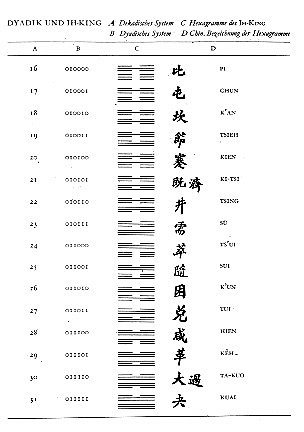



- Several philosophers and mathematicians of the renaissance (e.g., Pascal, Napier, Lull) prepared the stage for Babbage‘s Analytical Engine. They focused on knowledge representation and processing representations.




- The American mathematician and philosopher, Charles S. Peirce, and his student, Marquand, noticed the semiotic significance of these early attempts and developed a set of sign operations (insertion, omission, substitution) able to support any sign calculus.

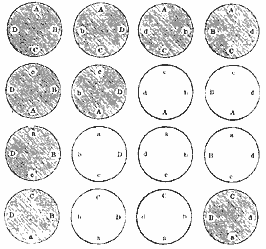
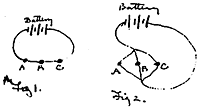


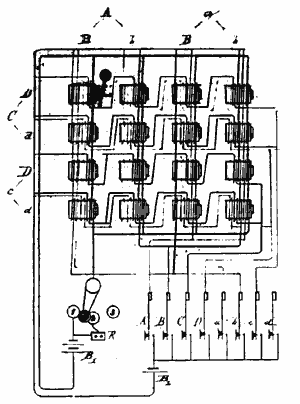
- The distinctions syntax, semantics, and pragmatics originate in semiotics.
2.2. The computer is a semiotic machine (cf. Mihai Nadin, 1983)
Semioticians ("without knowing it"), Norbert Wiener, Herbert Simon, Vannevar Bush, and Marvin Minsky gave computers an underlying semiotic structure. Bush, for instance, made us aware of the semiotic associative path of non-linear structures.
2.3. The current technological performance of computation comes only partially to fruition.
This is due mainly to the inadequacy, or shortcomings, of HCI. For example, instead of taking time to realize how a command should be represented in order to optimally support HCI, the technologist will more often than not rely on more memory, higher speed, and more bandwidth. Thus, a human concern becomes a technological task; the focus shifts from semiotic adequacy to technical performance. Semiotics, on the other hand, focuses on how a minimum of means of expression, representation and communication allow humans to operate in the most complex situations, including the use of technology.
2.4. Computation is about meaning, not electrons.
Regardless of the type of computation, what interests computer users is not the electrons moving along sophisticated circuits, but the various bearers of meaningful information—signs— subjected to their programmed processing. Whether electron, light, quantum, or DNA-based, the computer is a medium for sign processes! Numbers turned into images, simulations, database operations, etc. are examples of how the signs of the object of our practical interest are processed according to our goals.
3. Why an Introduction to semiotics?
Since the time (1980s) semiotics became popular in the USA (mainly due to Umberto Eco’s works), very little effort has gone into bringing semiotics closer to the HCI community. As I was preparing this Introduction, a number of articles on perceptual user interfaces were published in the ACM Communications (March 2000). As usual, there was no mention of semiotics; no semiotician was invited to contribute to the issue. I am convinced, however, that the HCI community would integrate semiotics in its work provided that
- semioticians were indeed interested and, moreover, capable of presenting HCI professionals with an effective methodology instead of waving yet another universal theory at them;
- HCI professionals could find a direct way to what they need as they approach their tasks. The knowledge domain of programming is quite different from the one for designing meaningful interactions with the aim of improving the efficiency and meaningfulness of computation.
3.1. HCI professionals and semiotics
HCI professionals have searched in many directions for help in performing their tasks: linguistics, cognitive science, psychology, design theory, theater, even fiction (storytelling), among others. At best, they are willing to accept semiotics as an analytical tool to be deployed only AFTER they have designed an interface. They know that semiotics has contributed quite a number of ideas and methods to HCI development: the desktop metaphor, the notion of adaptive interfaces, and the differentiating design of product identity, to name a few. Nevertheless, most HCI professionals leave semiotics alone. And entrepreneurs look for technological breakthroughs. Better HCI has yet to be financed through venture capital!
Steve Jobs once told me that semiotics was BS. At the same time, he used the iconic interface to make the Mac a success. At NeXT, semiotics was present at least in spirit, through Paul Rand, for instance. Take a look at the iMac design and you will see that semiotic differentiation (i.e., the perspective of cultural diversity) is a powerful instrument.
Reasons for the reluctance of HCI engineers to adopt semiotics could be the self-described semioticians. With their backgrounds in speculative text interpretation, they tend to mystify more than clarify semiotics. Or they are unwilling to work hard towards a semiotic foundation for HCI. In most cases, they themselves just do not really understand semiotics.
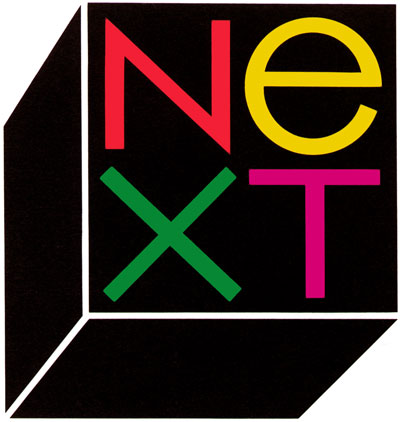

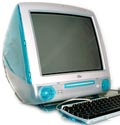
3.2. To internalize semiotics
This situation will not change unless and until the HCI community internalizes a semiotic foundation. This is comparable to the internalization of mathematics or of Boolean logic by computer professionals. These notes should serve in making the inevitable happen sooner! With all this in mind, I present these pages to the HCI community, as well as to semioticians involved in the subject. In doing so, I rely on pioneering work I began in 1982 and have developed since then. I also refer to individuals I am aware of who have made contributions in the same direction. If you know of anyone whose work can be added to the bibliography, please let me know.
Obviously, the framework given here is meant to be built upon. As a semiotic work, it is part of the never-ending interpretant process. This means that you who are reading these pages and working with semiotics will help further define and refine the contents. I welcome your questions and comments and look forward to our communication.